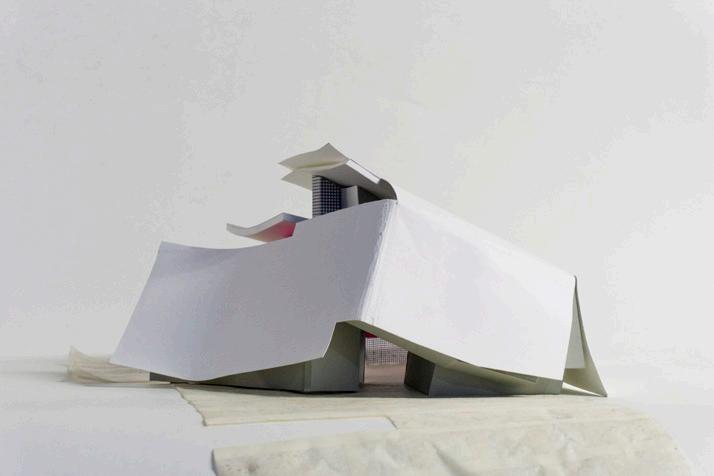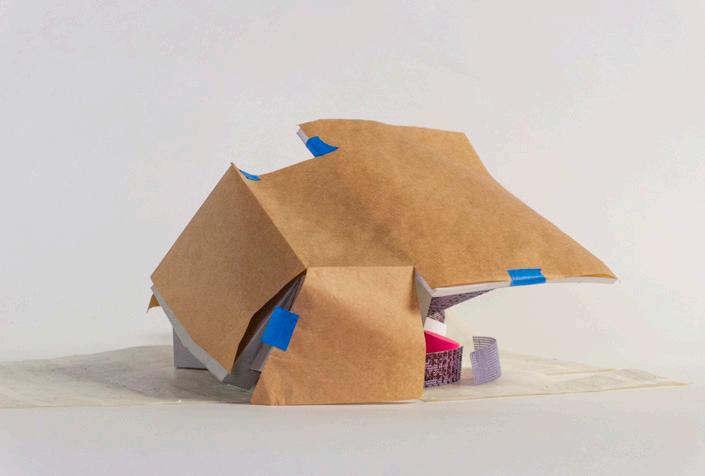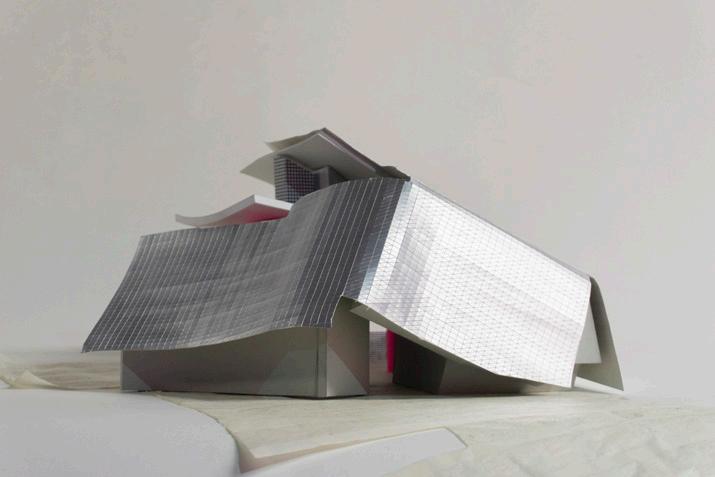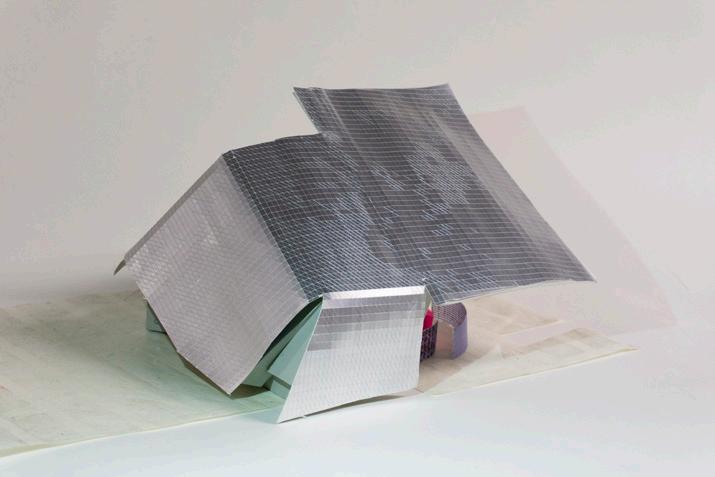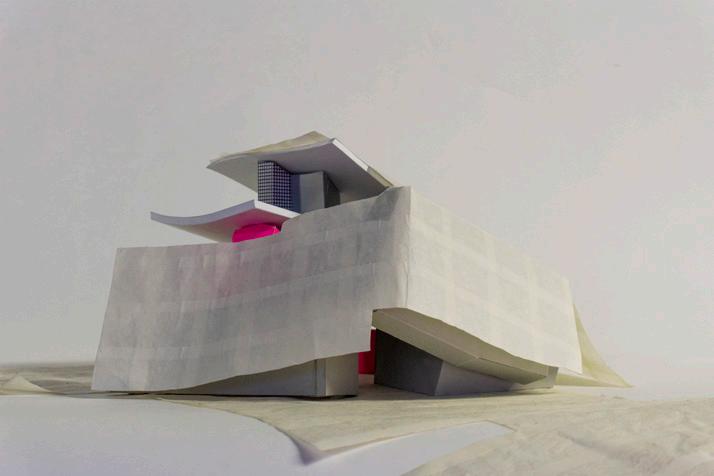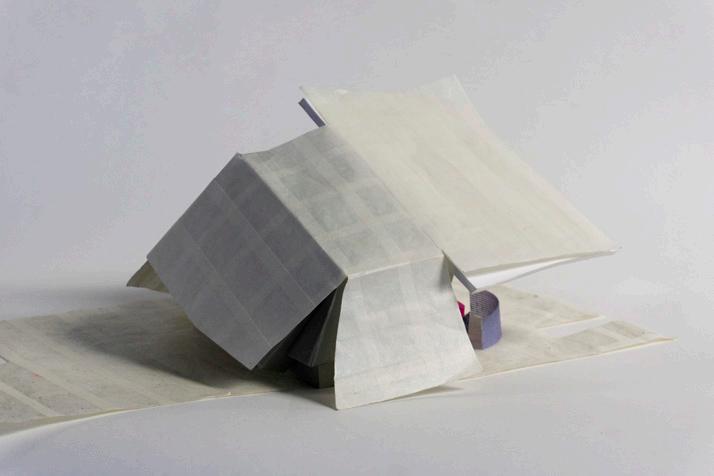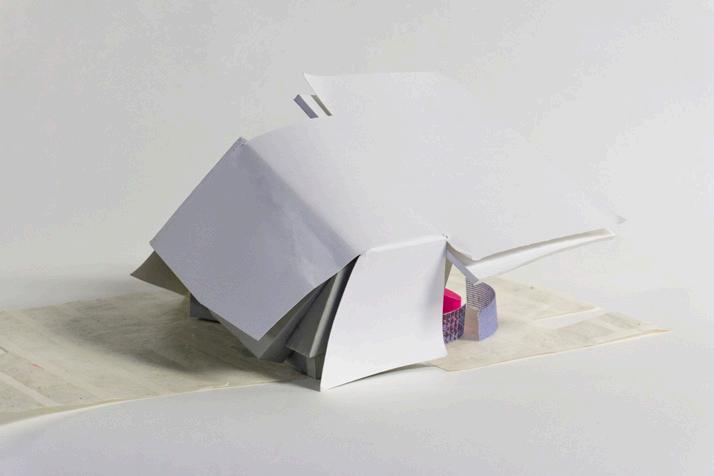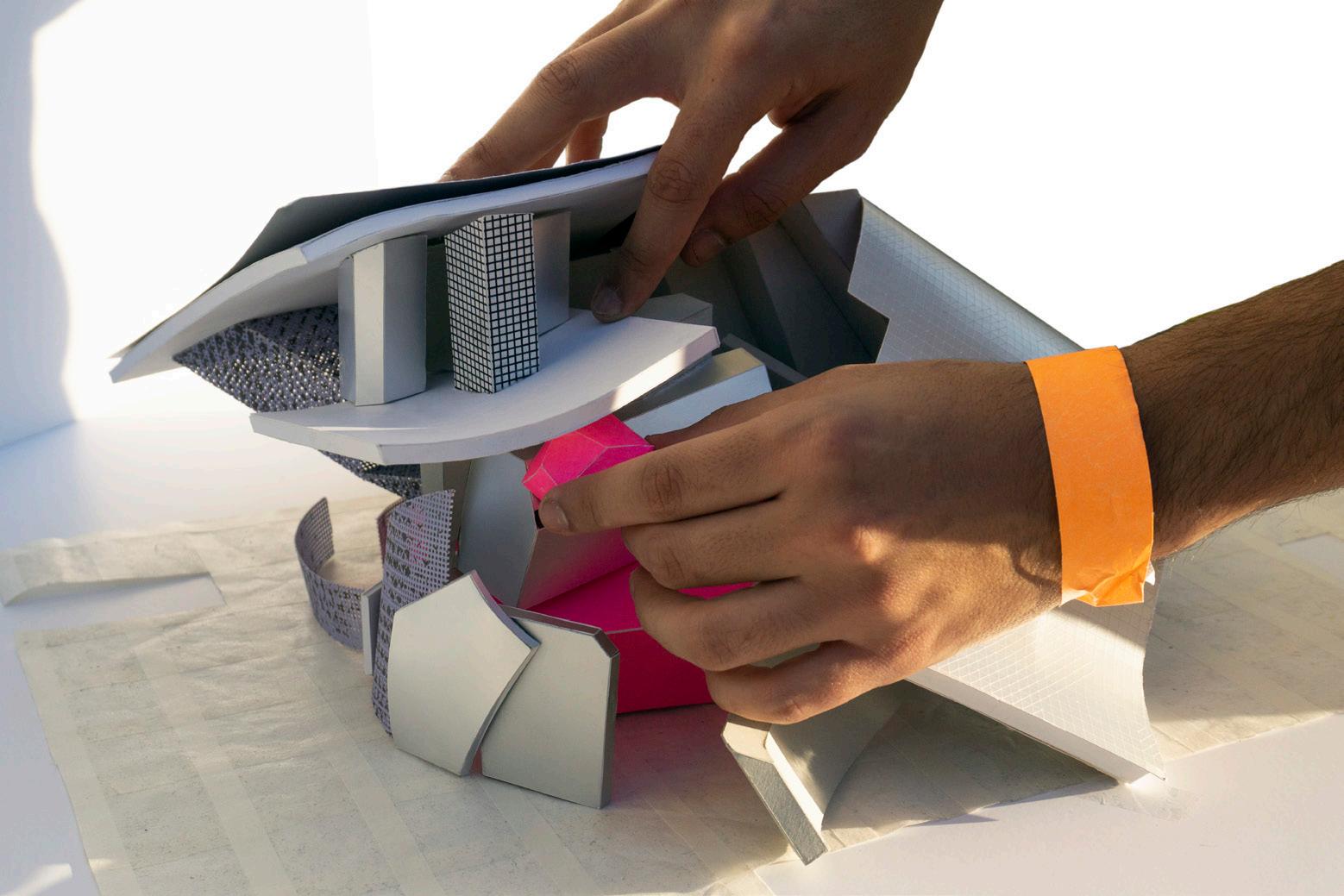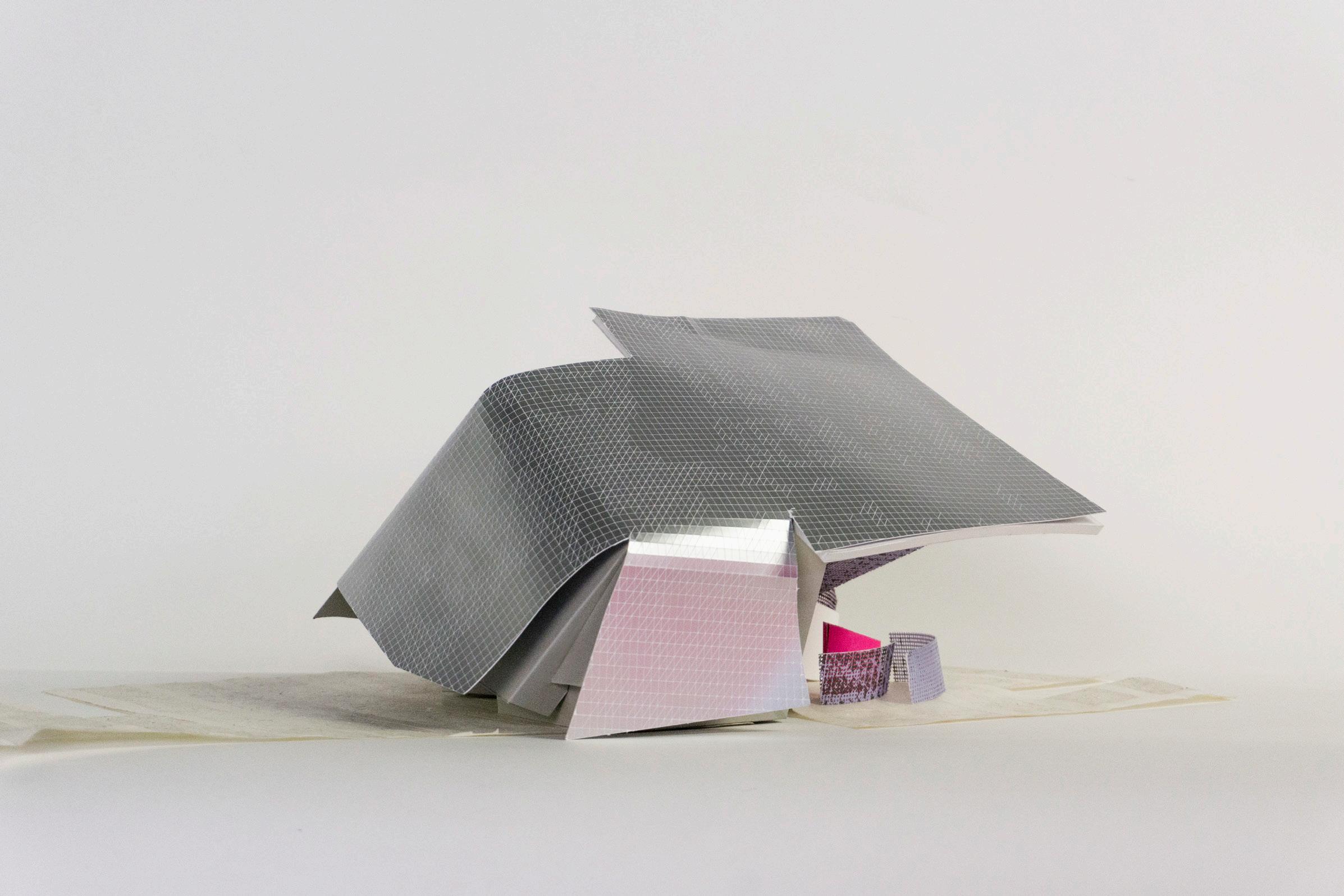
3 minute read
watch over your angels
The 1GA studio introduces students to the central problems of architecture— geometry, form, and space—through the technologies of their description— diagramming, drawing, and model making. Exercises emphasize the role of observation, drawing and analysis as both descriptive and generative. Students pay close attention to the development of ideas that inform an iterative and creative process for working with different media for multiple audiences, including physical models, two-dimensional drawings, and digital interfaces.
The begining of this project introudces the virtual dimension of architecture through geometry, measured drawing, projection, physical models, and formatting. By rotating, intersecting, and moving a model, the signifcance of it’s composition in relation to the vertical and its context becomes erased.
This marked the begining of material and form explorations. I began to become obssesed with posture and how to capture movement in a single pose.
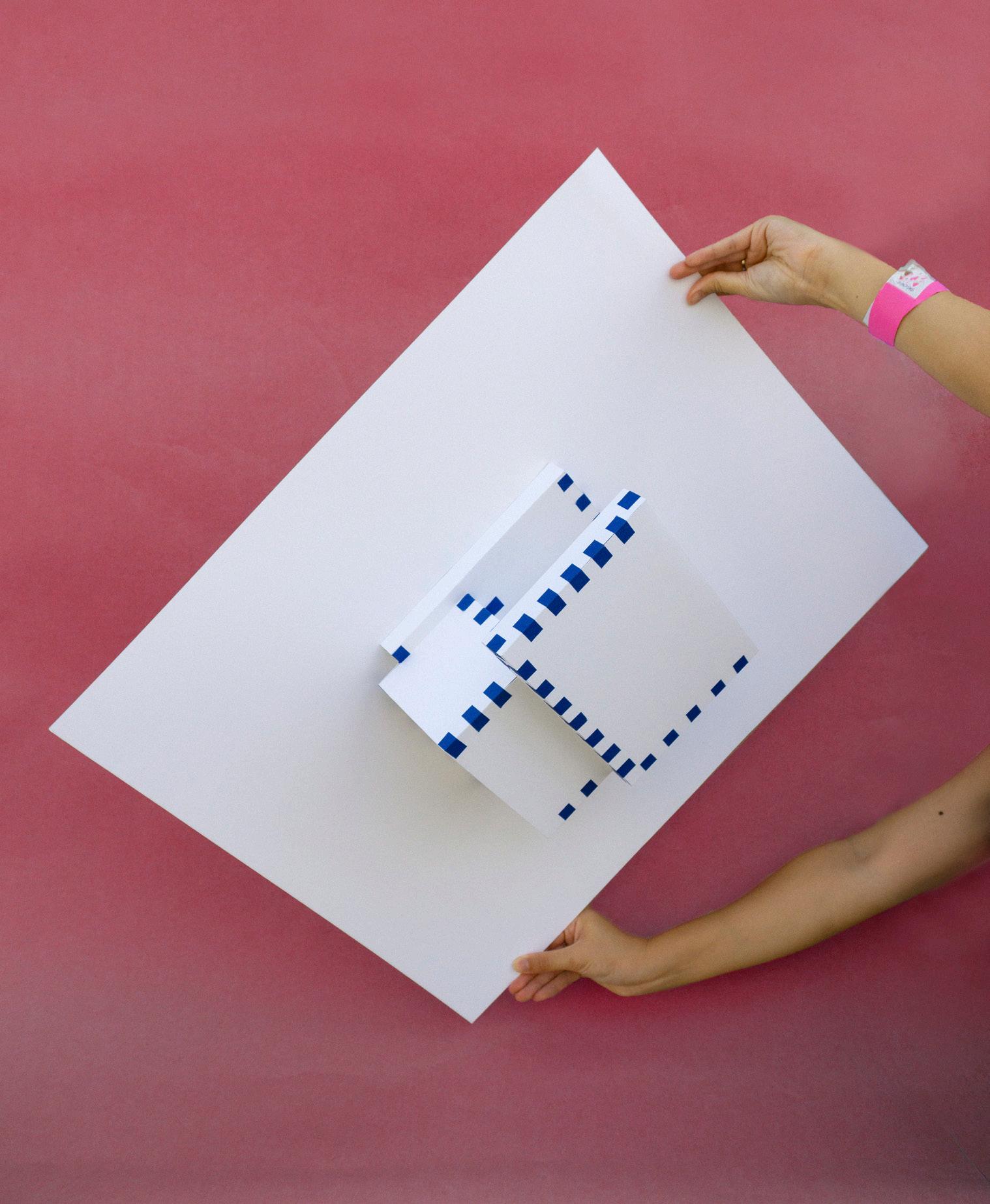
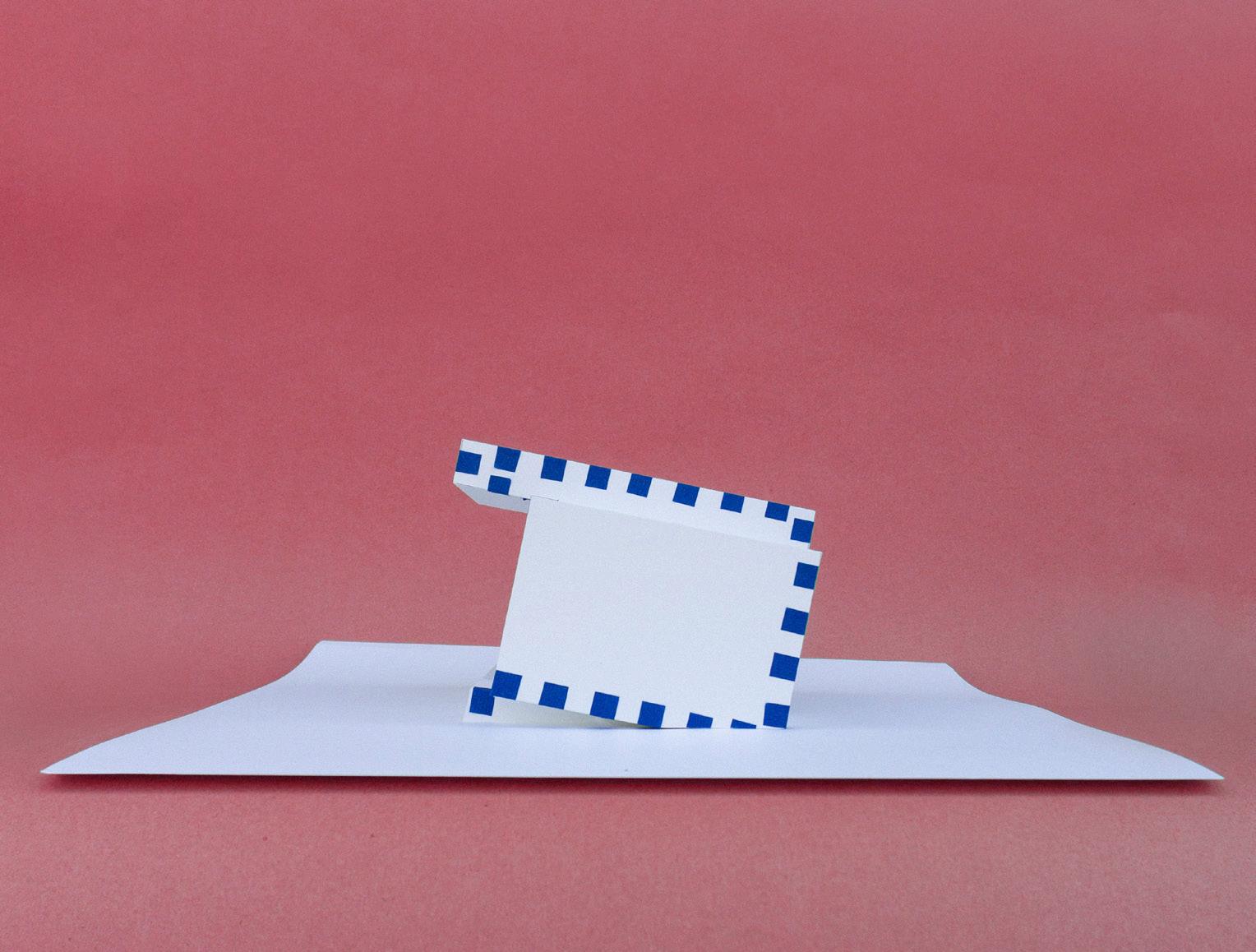
By deconstructing the virtual-produced model in its physical form, the material that composes the model begins to show its own weaknesses. It slumps, droops, and falls apart depending where it is taped or un-taped.
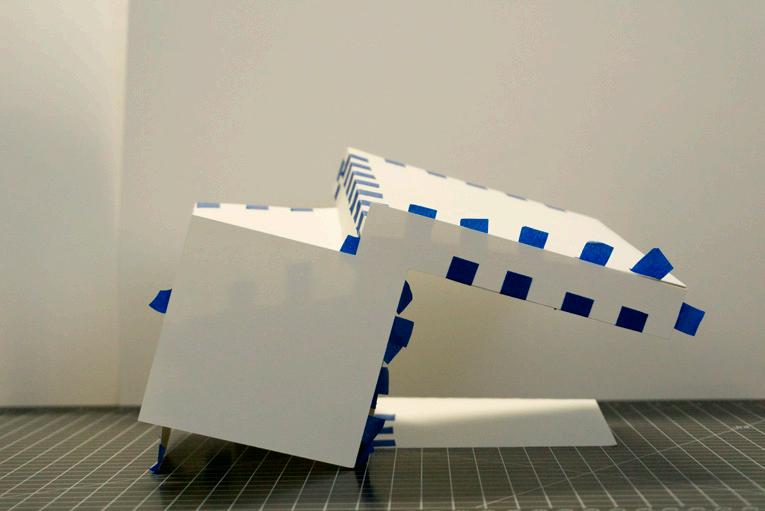
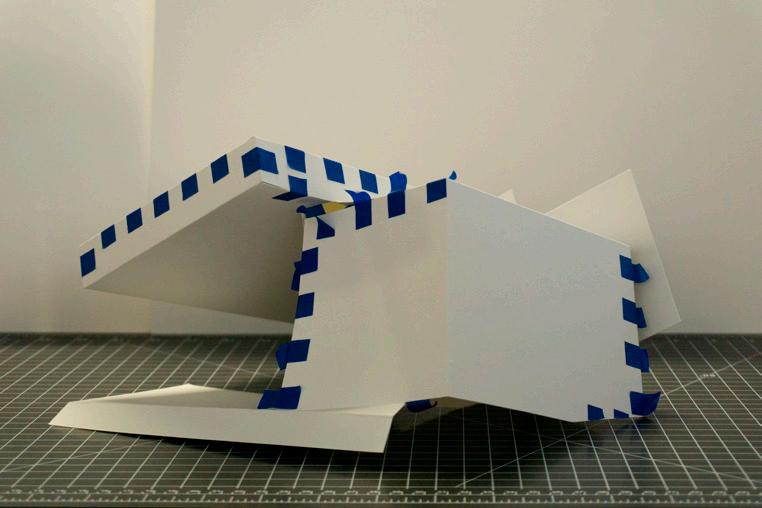
Capturing a frame of the model falling apart. Then reconstructing it using structural elements.
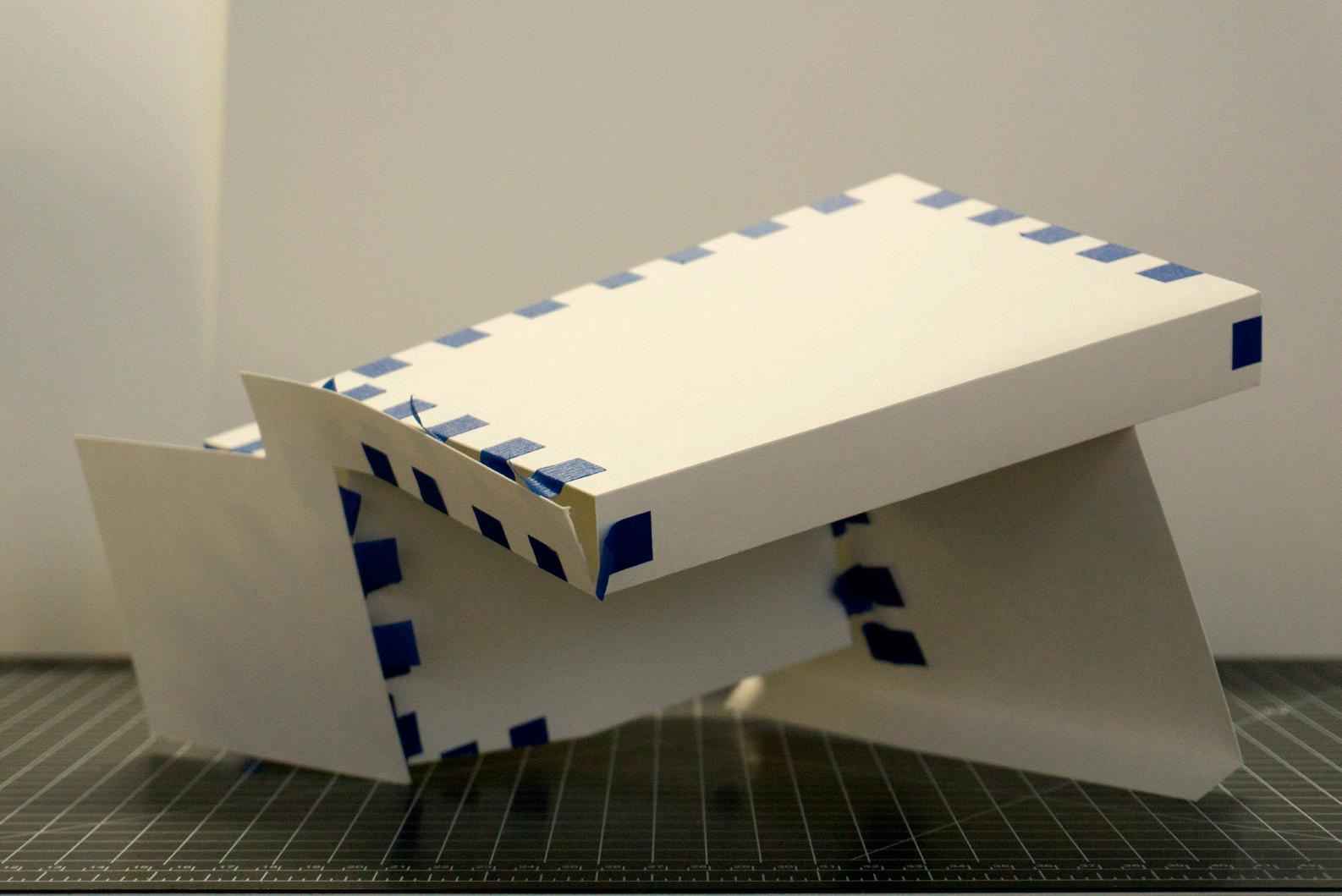
This particular pose is what I’ve become obssesed with as it best captures the idea of contrapposto. The model looks as if it is falling, yet it is completely still and structurally reinforced.
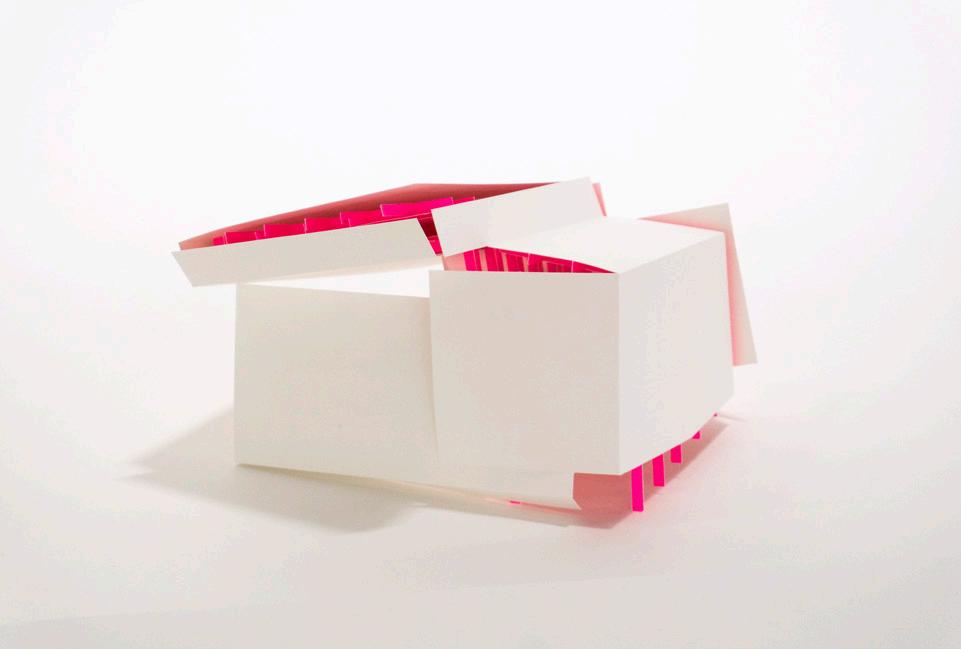
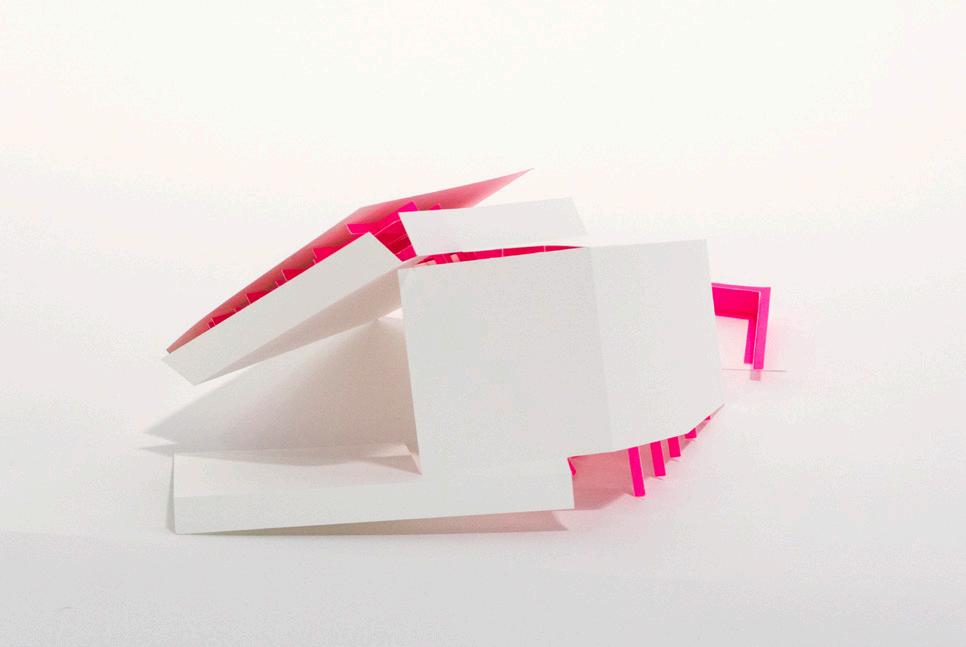
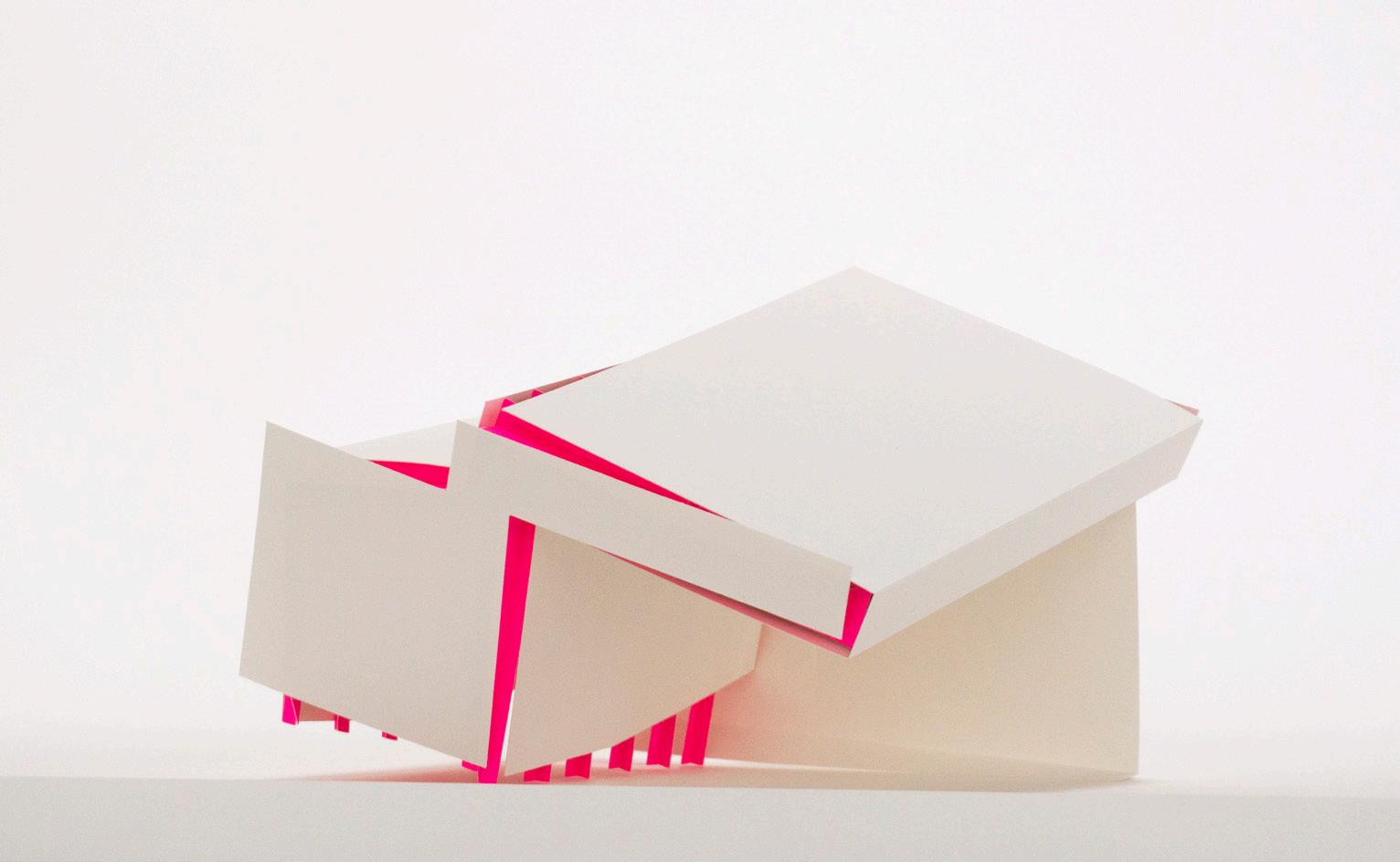
The postural key. If this key is not inserted in the model, it falls apart. The model’s posture is controlled and maintained by an elemental piece in a deisgnated area of the model. The form begins to work with the material.
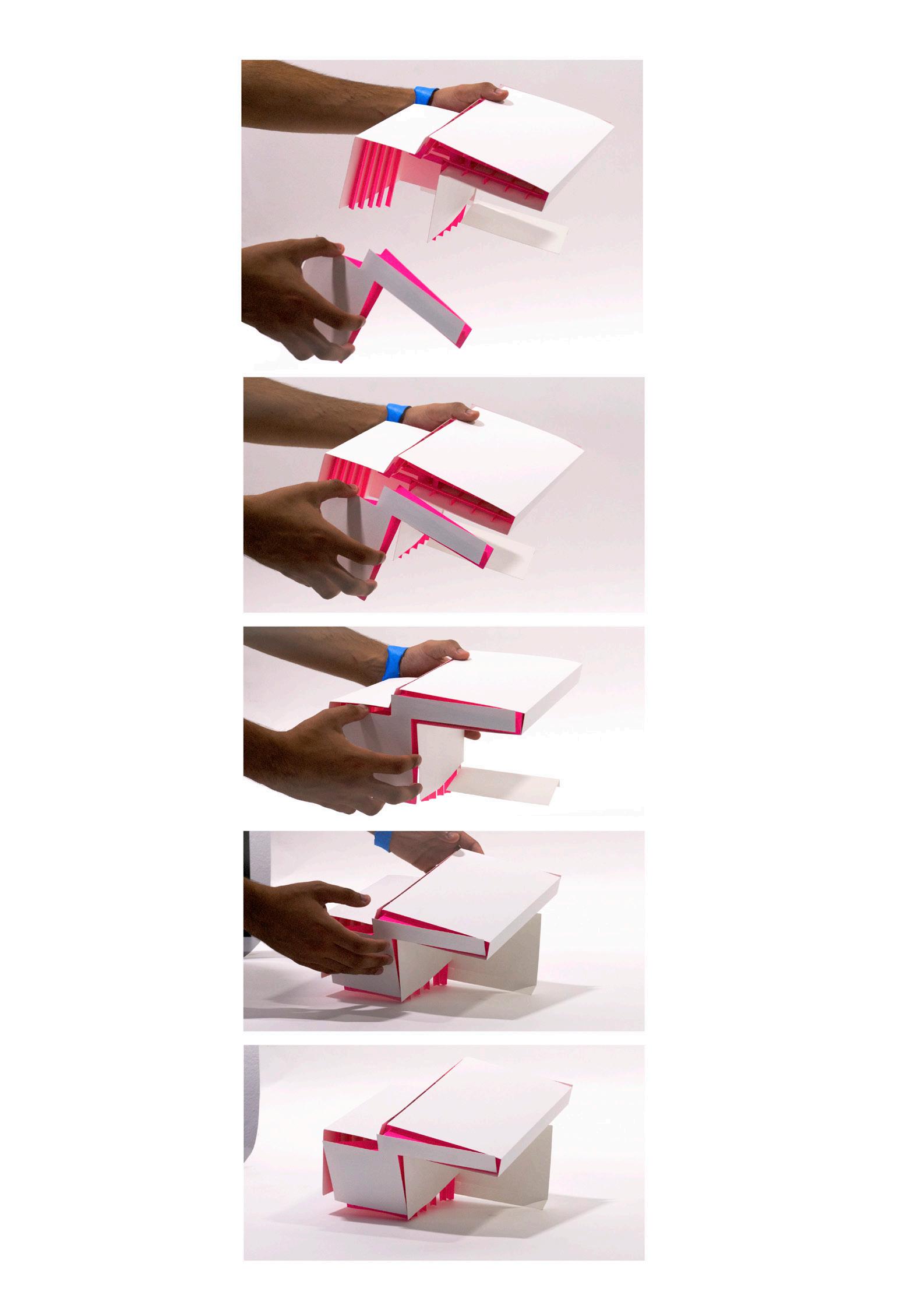
I began to think, how much structure is actually needed? And how much can the material itself hold if held in a specific pose?
By creating a larger continuous surface, it can be folded onto itself to hold itself and create volumes within it.
Through various alterations of the surface and simulations, I became more interested in how precise these poses can be designed.
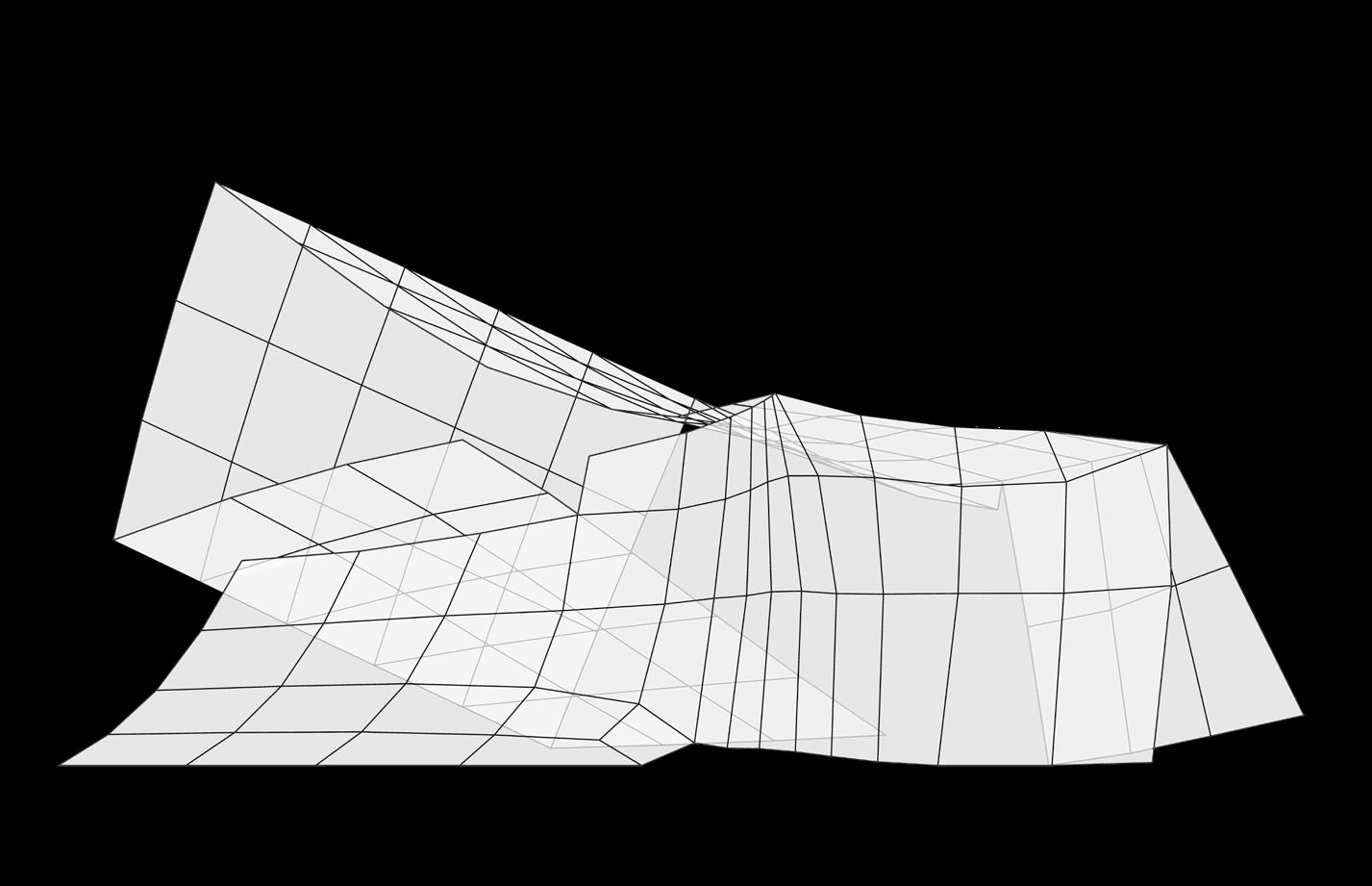
Ofcourse, I had to consider material at first. When testing various materials and holding them in different poses, I was drawn to using tape as a material. Specifically creating a taped surface. The benefits of this were its flexibilty but also durability.
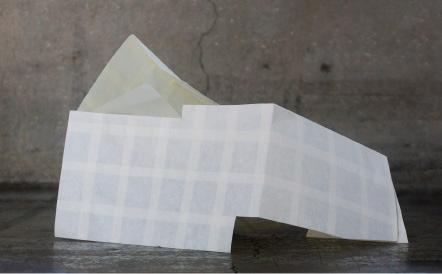
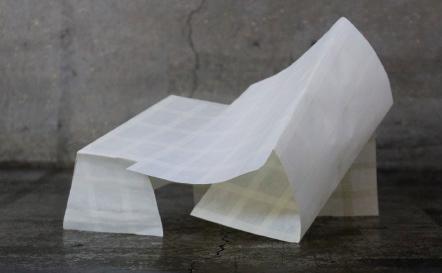
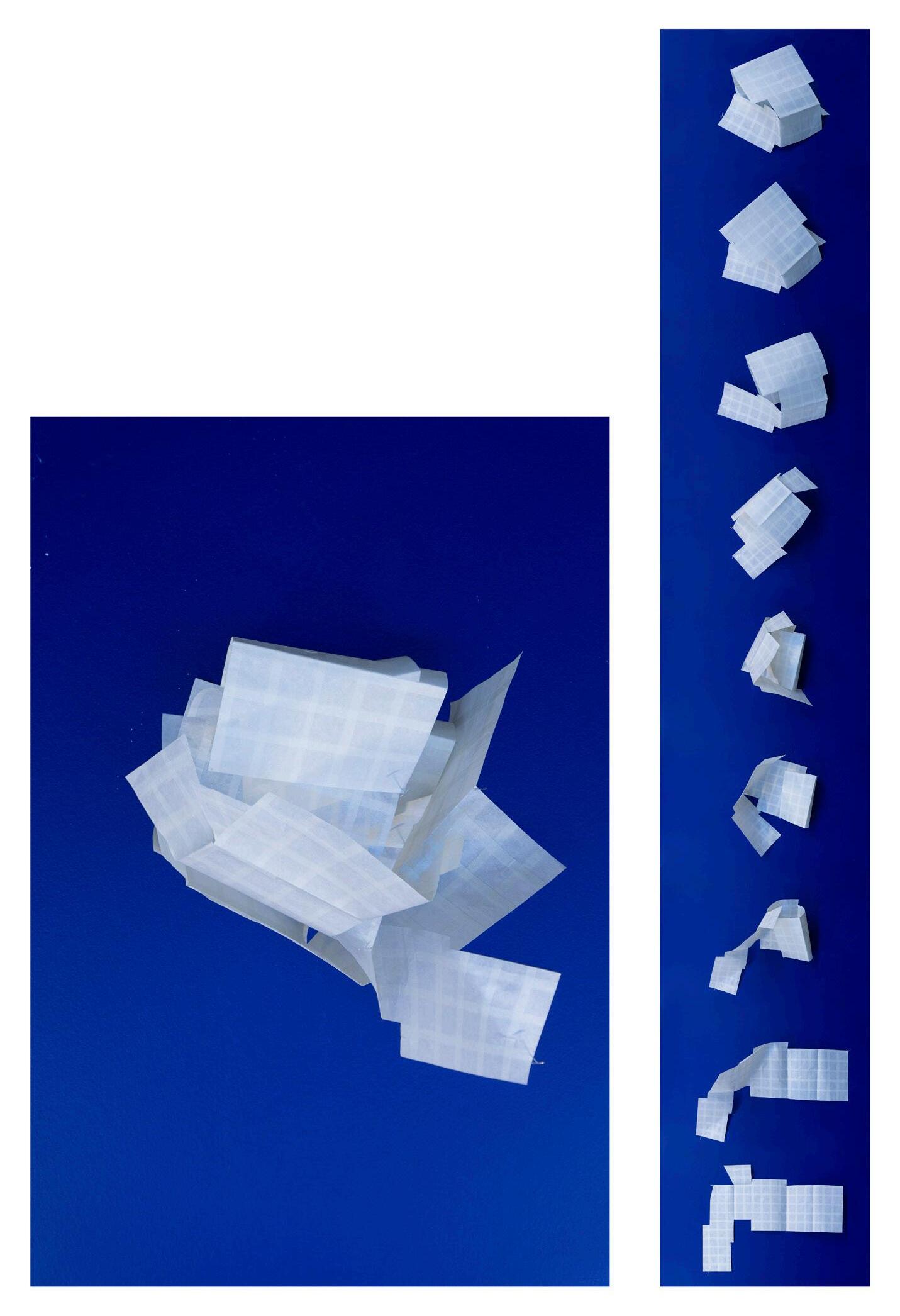
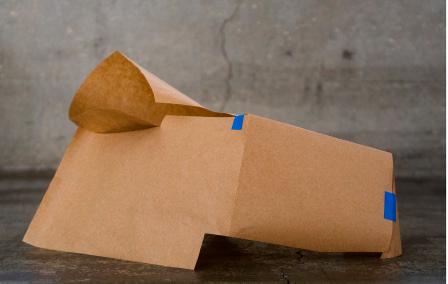
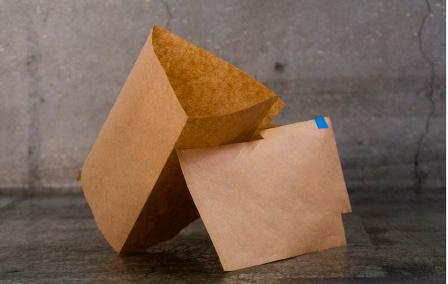
By layering tape in a specific way, I was able to create a surface onto which objects could stick to. These objects would be the “pins”. They can create posture by being placed and then folding the model onto itself.
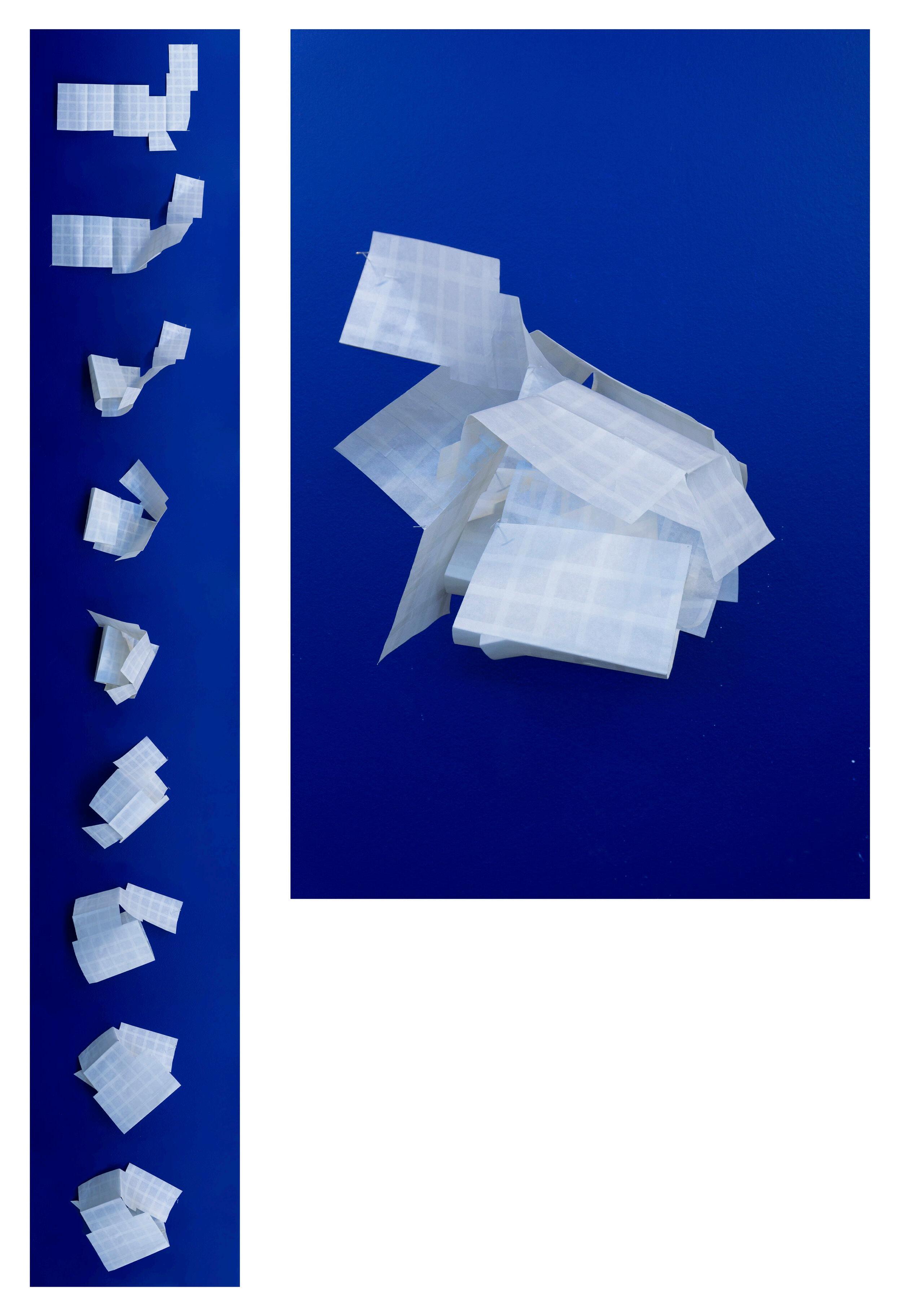
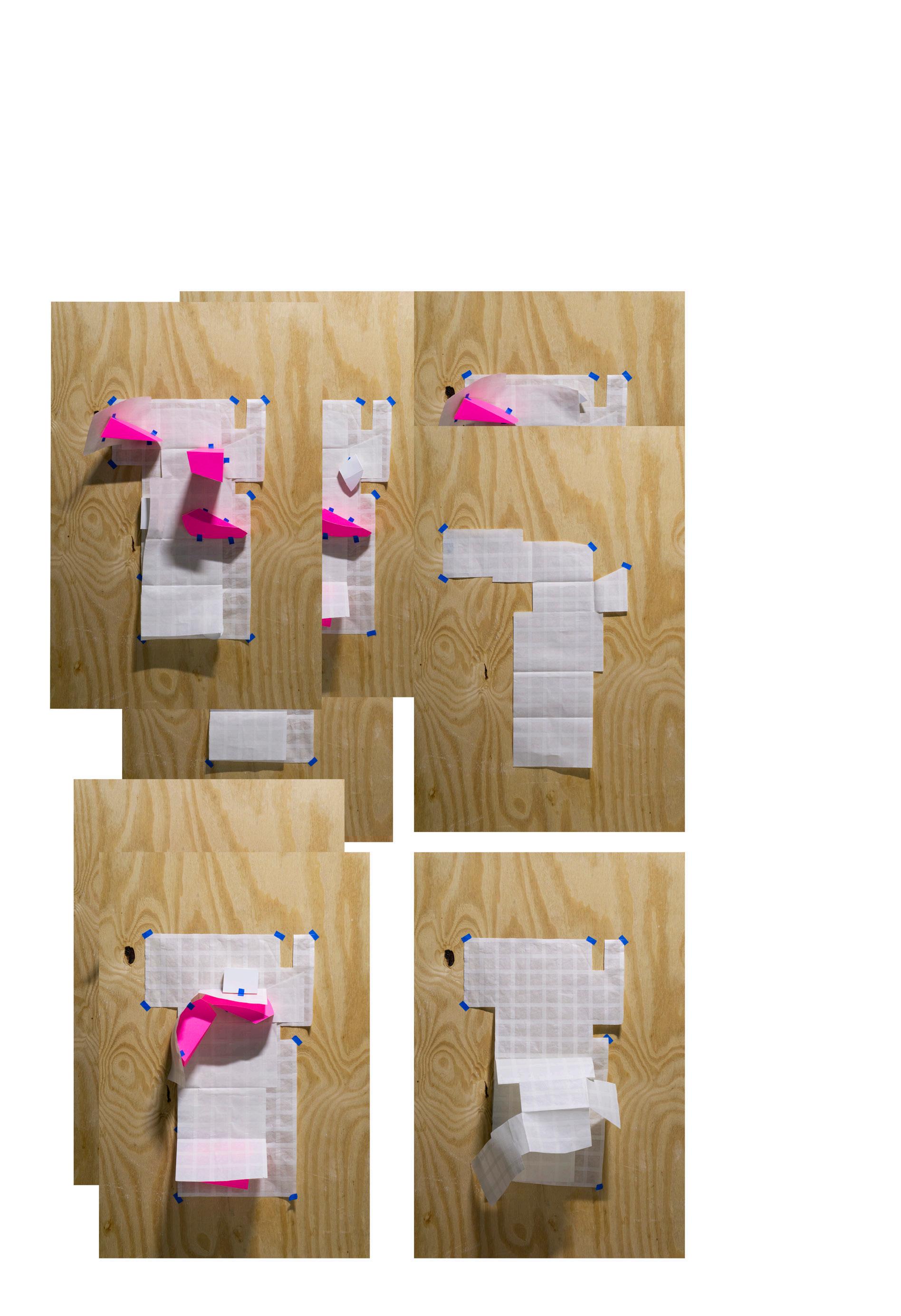
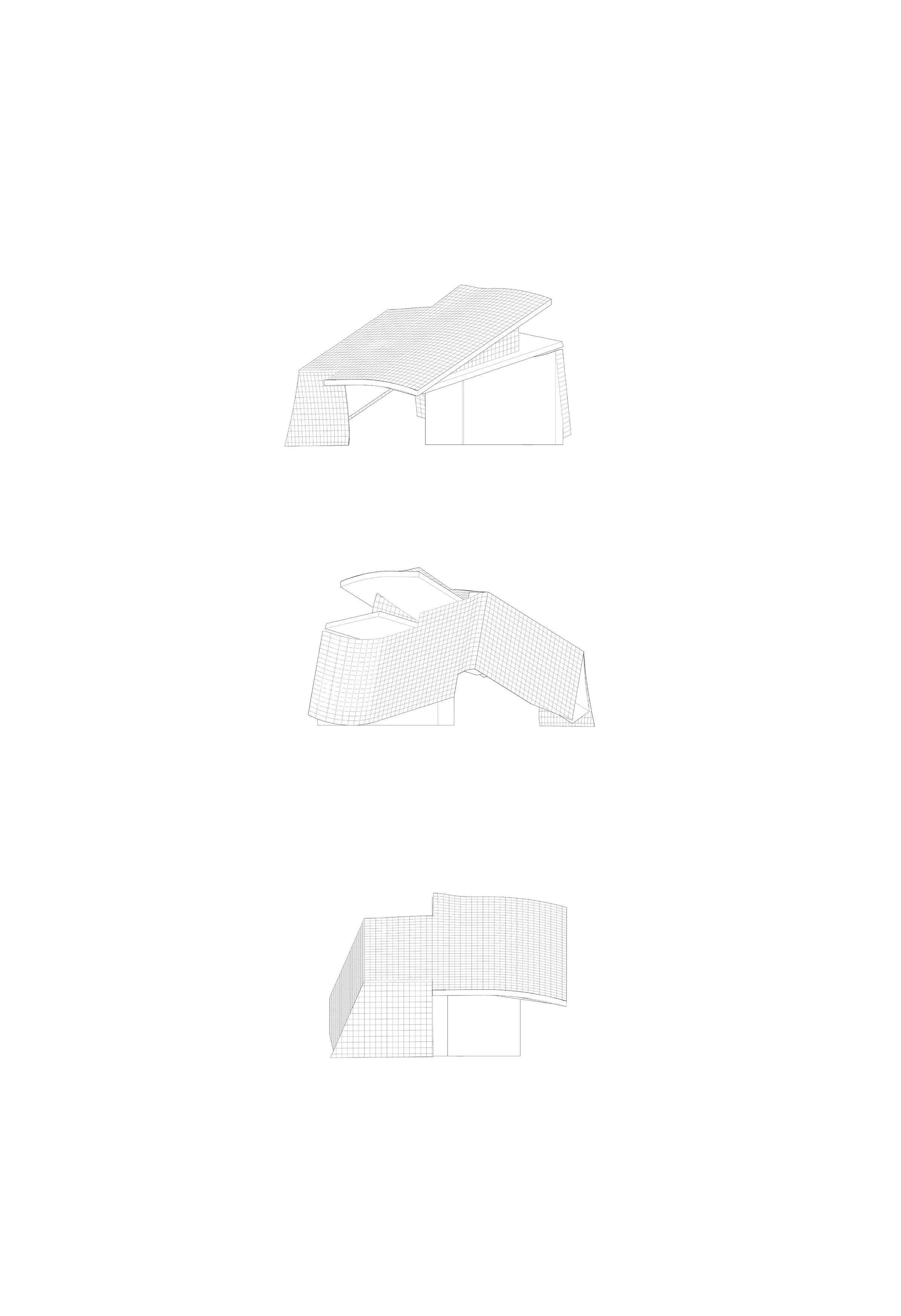

A favoured pose. This pose became important when we started to think of the model as a building for the Los Angeles Times site development. Given that our program was a media art center, the posture of the building had to serve as a space for creative work to be done. The surface also held responsibility of bringing all elements together.
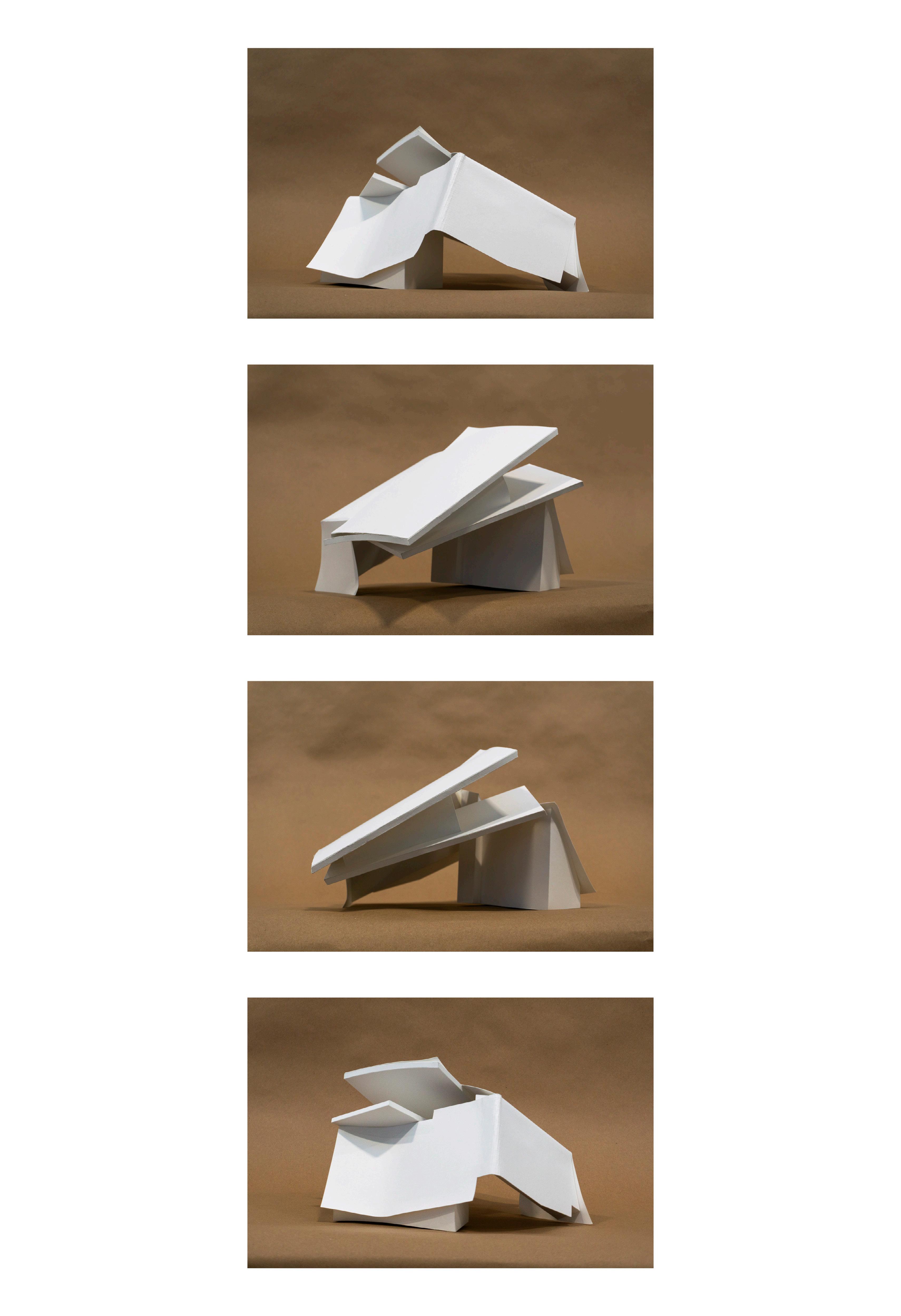
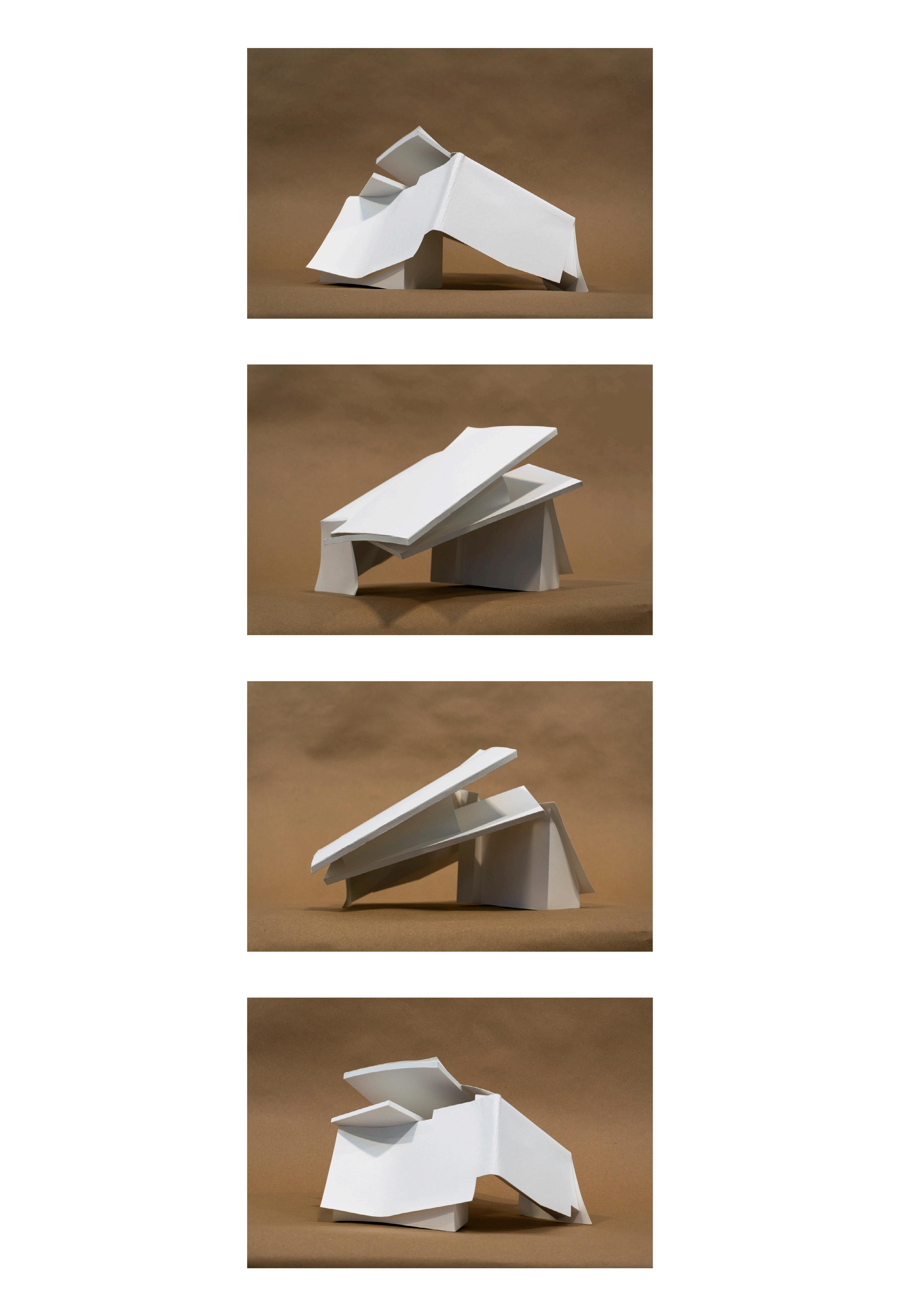
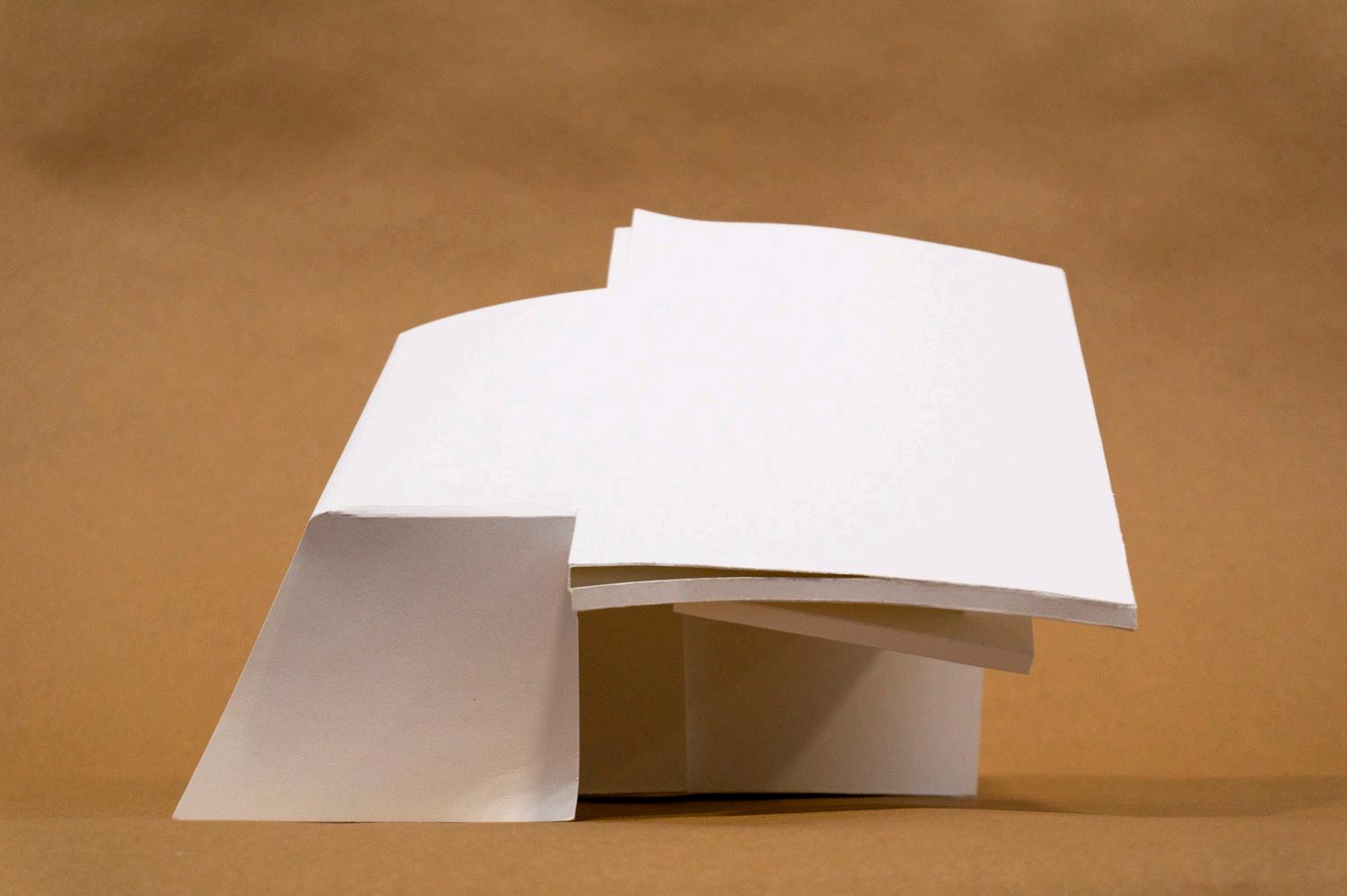
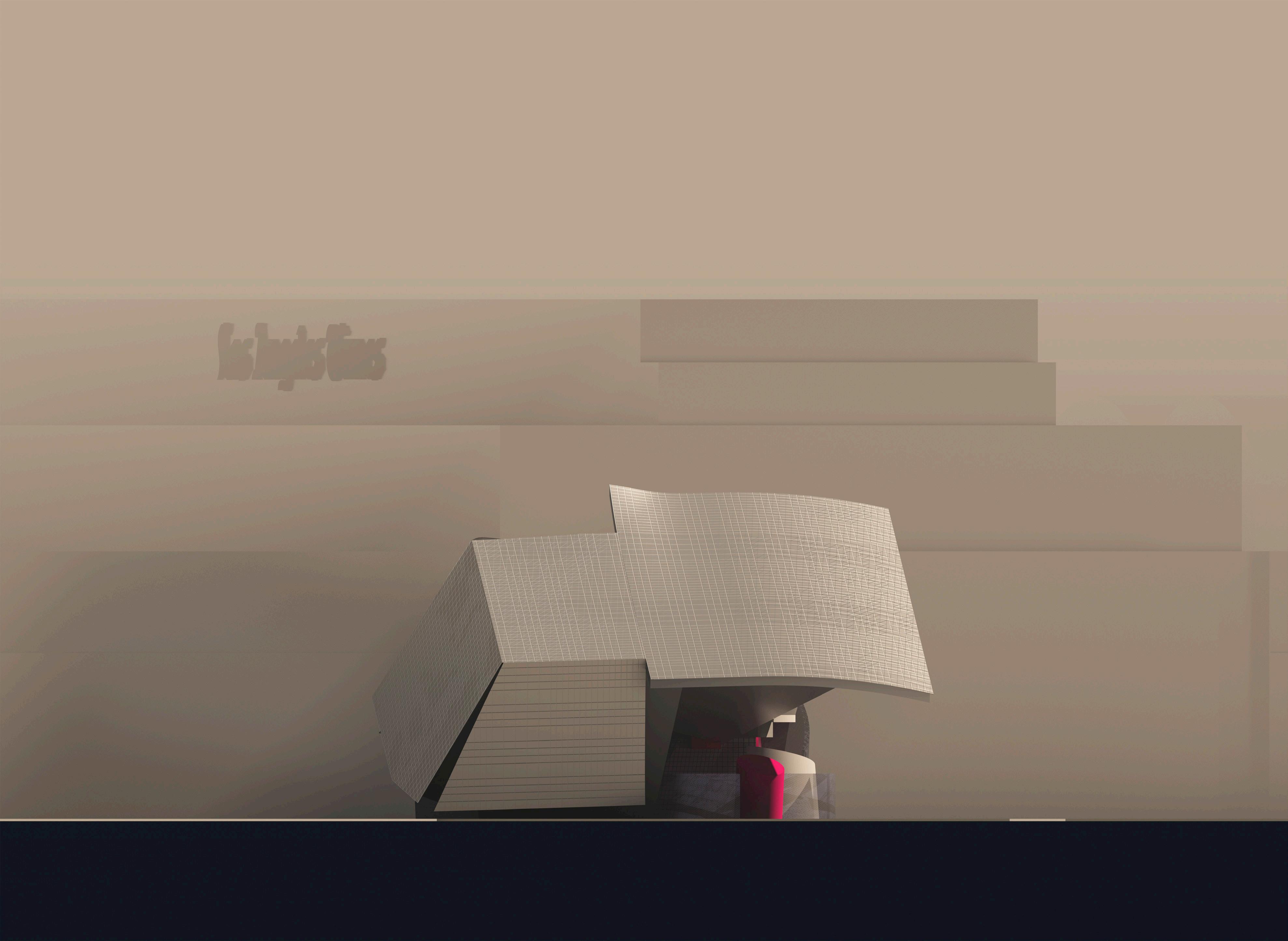
A popular siting in Los Angeles; bright dayglo advertisments and art. Since our site lays next to the freeway, it becomes a media surface of itself onto which viewers pass by and see everyday.
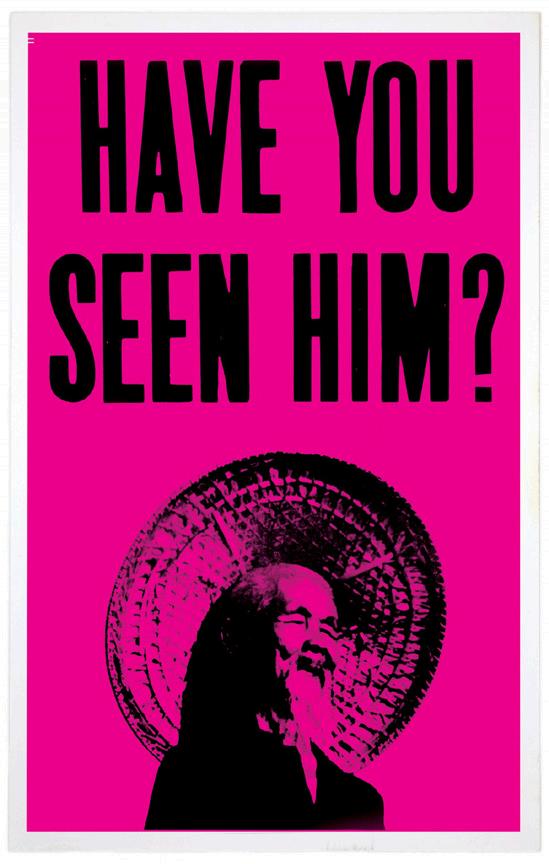
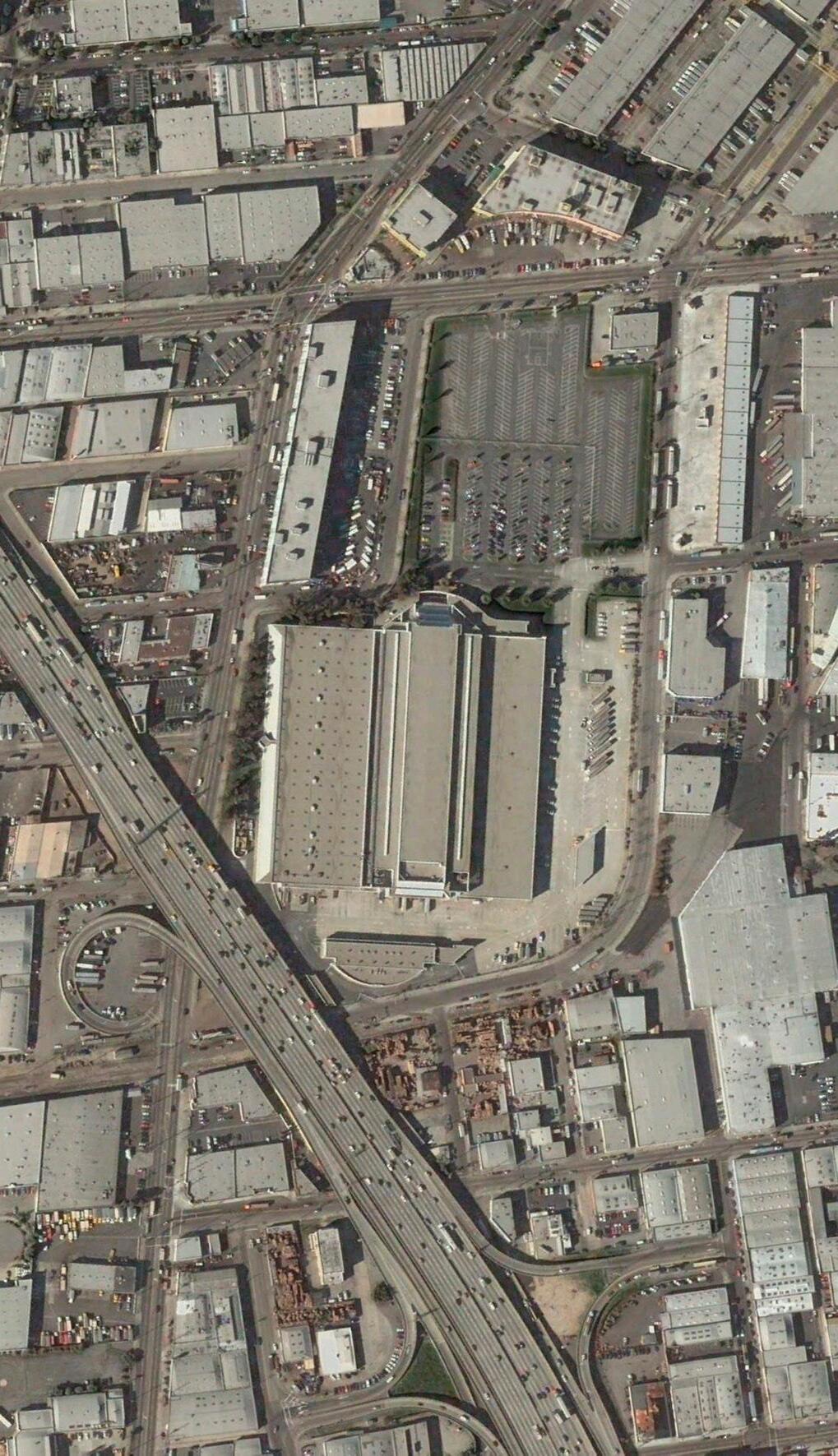
All the unique pieces and volumes are crammed together and held, in an uncomfortable yet comfortable way.
Using different skins and folded surfaces can produce different poses of the building, but also a different facade to be seen.
